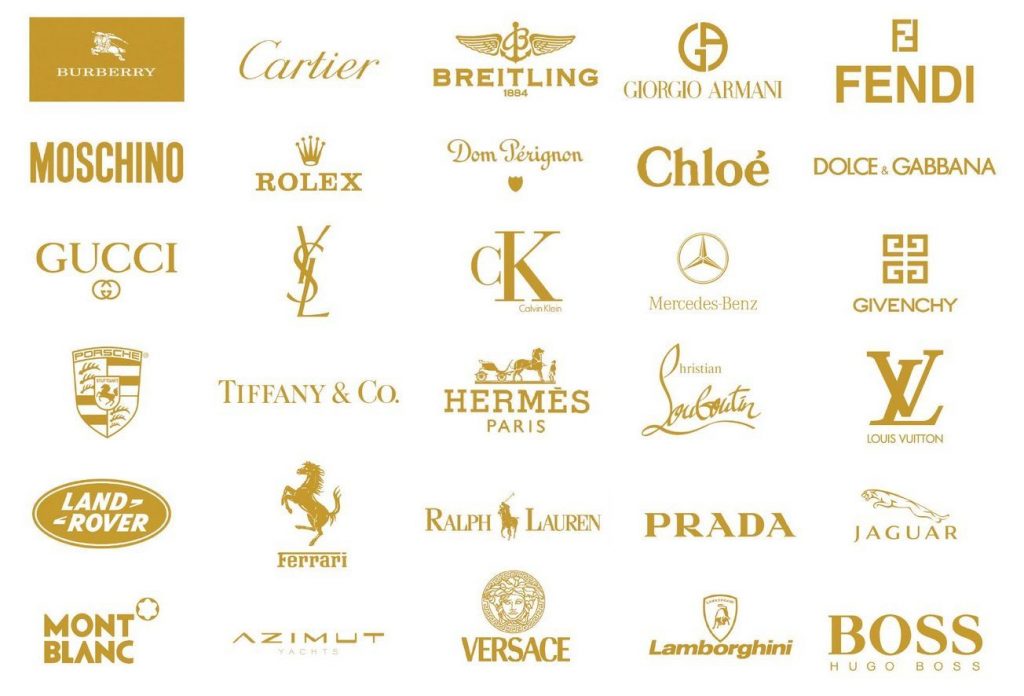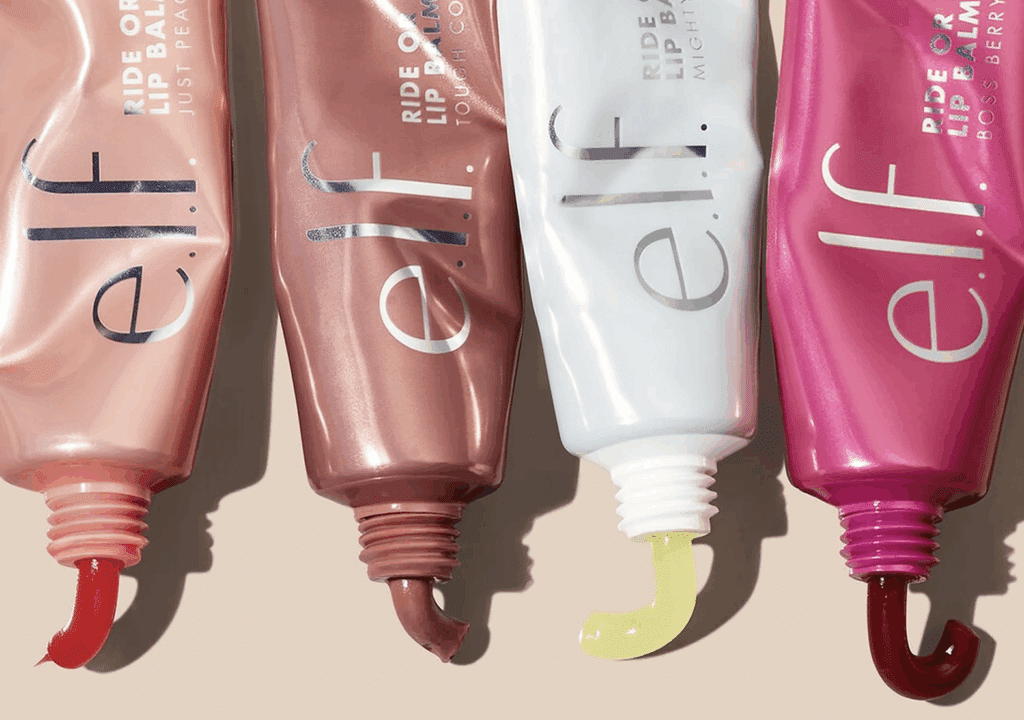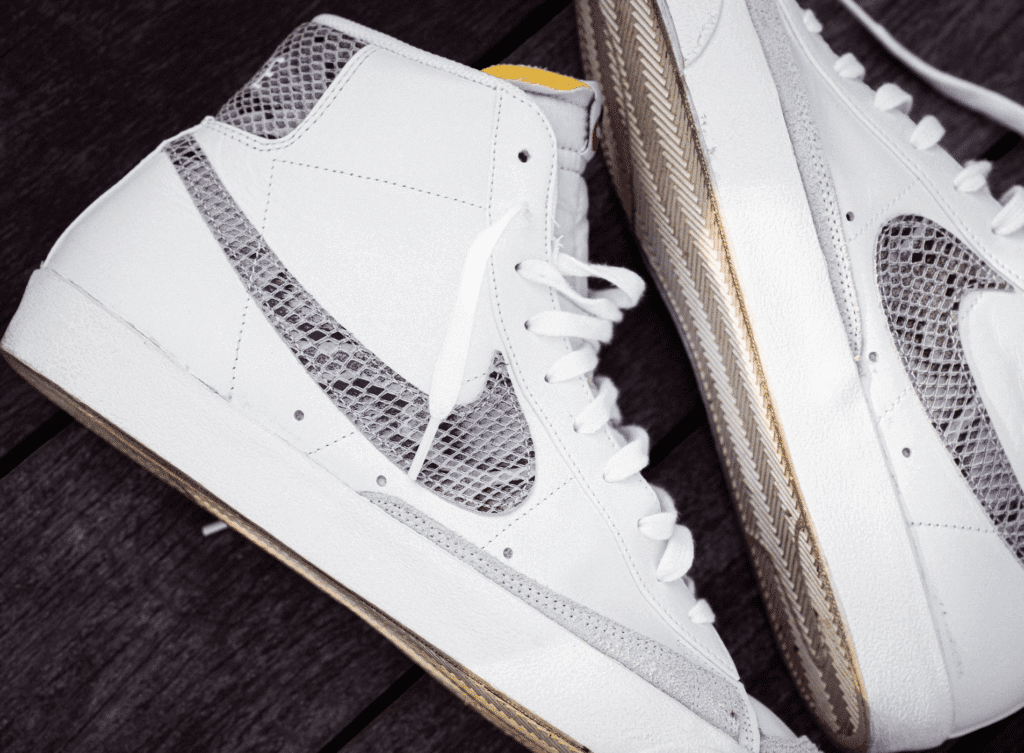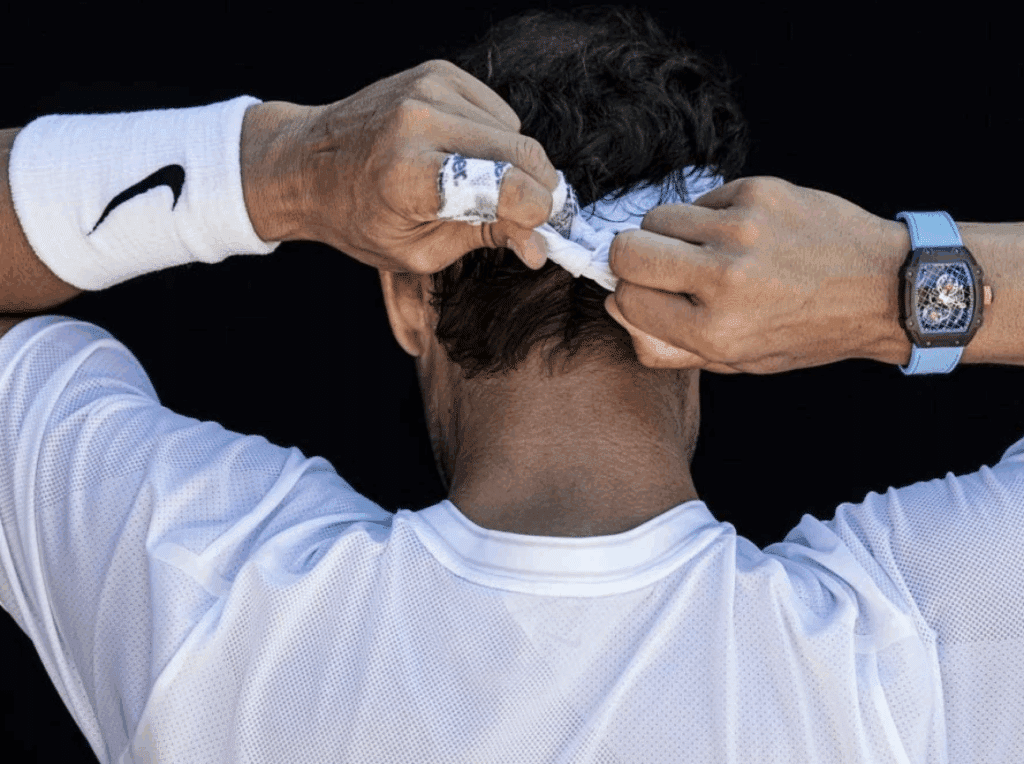From the growing number of trademark applications coming from Off-White for stylized versions of the word “Off” to zip ties and words flanked by quotation marks and Glossier’s successful quests to claim rights in its specific uses of millennial pink to an influx of trademark specimen fraud being faced by the U.S. Patent and Trademark Office (“USPTO”) to the Supreme Court’s decision in the Booking.com case, this year was filled with noteworthy trademark filings, cases, and evolving trends.
Here is a look at some of the interesting developments in the trademark space that we saw in 2020 …
As luxury brands rush to establish face masks as a distinct – revenue-driving – category of accessories, the race to file mask-specific trademark applications has already begun, with applications being lodged with national trademark offices across the globe as early as July, just a month after the World Health Organization published its guidelines suggesting laypeople wear fabric masks and leave the medical-grade masks to the frontline professionals who need them most. (Interestingly, most luxury brands do not already maintain registrations that extend to protective face masks or coverings).
In terms of the impetus behind brands’ quests for registrations, the aim appears to be two-fold. Not only are companies looking to protect the use of their valuable brand names, logos, and in some cases, monogram prints, in connection with their use on face masks and other coverings, they are also presumably looking to up the ante when it comes to damages. With a trademark registration that covers masks in hand, brands will be able to not only bring trademark infringement cases of action, but counterfeiting claims, as well.
2. Appeals Court Sides with Costco in $21 Million Fight Over “Counterfeit” Tiffany Rings.
The U.S. Court of Appeals for the Second Circuit sided with Costco in the years-long legal battle that it has been ensnared in with Tiffany & Co. In a highly-anticipated decision dated August 17, a 3-judge panel for the Second Circuit held that the U.S. District Court for the Southern District of New York erred in determining on summary judgment that the multi-national warehouse retailer ran afoul of federal trademark law by labeling and selling diamond engagement rings as “Tiffany” rings, and ultimately, requiring Costco to pay a jury-determined $21 million damages sum as a result.
In the decision, Circuit Judge Debra Ann Livingston states that the lower court was wrong to grant Tiffany’s motion for summary judgment, and thereby, prevent a jury from deciding key issues at the conclusion of a trial.
3. Booking.com Prevails in Supreme Court Fight Over “Generic” Trademark Registrations.
“A generic name – the name of a class of products or services – is ineligible for federal trademark registration,” the Supreme Court held in late June in its decision in the closely-watched booking.com case. However, while the nation’s highest court determined that such generic marks may not be registered with the USPTO, adding a Generic top-level domain, such as “.com” to such a generic term is capable of changing the outcome, which is why “‘Booking.com’ – unlike the term ‘booking’ standing alone – is not generic” in the eyes of the court.
In its decision, which was authored by the late Justice Ginsburg, the court held that “a term styled ‘generic.com’ is a generic name for a class of goods or services only if the term has that meaning to consumers.” In other words, a term is not generic and can be eligible for federal trademark registration if it is capable of distinguishing the goods/services of one company from those of others – in furtherance of the goal of trademark law, which is to “protect the public so it may be confident that, in purchasing a product bearing a particular trade-mark which it favorably knows, it will get the product which it asks for and wants to get.”
4. Ninth Circuit Says Likelihood of Confusion Required in Counterfeiting Case Between Beauty Brands.
In holding that a showing of likelihood of confusion is a necessary element in a counterfeiting claim, three-judge panel for the U.S. Court of Appeals for the Ninth Circuit asserted that Section 1114 of the Lanham Act “addresses both trademark infringement and counterfeit claims, and we have repeatedly held that the plain language of Section 1114 requires a likelihood of confusion for a trademark infringement claim.” At the same time, the court stated that “we have not directly addressed it in the context of a counterfeit claim, perhaps because consumer confusion is generally not in dispute in most counterfeit cases.”
“For example, the use of a counterfeit Louis Vuitton trademark on a handbag is obviously intended to confuse consumers,” Judge Kenneth K. Lee wrote. “Put another way, a counterfeit claim is merely ‘the hard core or first degree’ of trademark infringement, and there is nothing in the statutory language of Section 1114 that suggests that a counterfeit claim should be construed differently from an infringement claim.”
Still yet, the court noted that “other circuits” – including the Fifth and Second Circuits – “also read the statutory provisions to require a likelihood of confusion for a counterfeiting claim.”
The Supreme Court’s 1995 decision in Qualitex v. Jacobson has been the basis for establishing and protecting color trademarks for the past two decades, and it is the basis for the USPTO’s Trademark Trial and Appeal Board (“TTAB”) determination in 2018 that hardware company Forney Industries’ 2014 application for a color mark – one that consists of the colors red, orange, and yellow with a black banner located near the top as applied to product packaging for welding and machining accessories and tools – could not be registered on the USPTO’s Principal Register, as the mark was not inherently distinctive, and thus, could only be registered after Forney showed that the mark had acquired distinctiveness in the minds of the consuming public.
Forney appealed the TTAB’s decision to the U.S. Court of Appeals for the Federal Circuit, maintaining its assertion that its mark is not a “color mark,” and instead, should be treated as product packaging. That distinction is significant, as it stands to remove the need to prove acquired distinctiveness, as while a color mark or a mark that consists of a combination of colors requires a showing of secondary meaning, product packaging can be inherently distinctive, and thus, registrable without proof of acquired distinctiveness.
It is against that background that the Federal Circuit issued a striking decision issued in early April, holding that “a distinct color-based product packaging mark can indicate the source of the goods to a consumer, and, therefore, can be inherently distinctive.” As such, the 3-judge panel for the Washington, DC-located Federal Circuit found the TTAB had “erred by holding that a multi-color mark can never be inherently distinctive, and that product packaging marks that employ color cannot be inherently distinctive in the absence of a well-defined peripheral shape or border.”
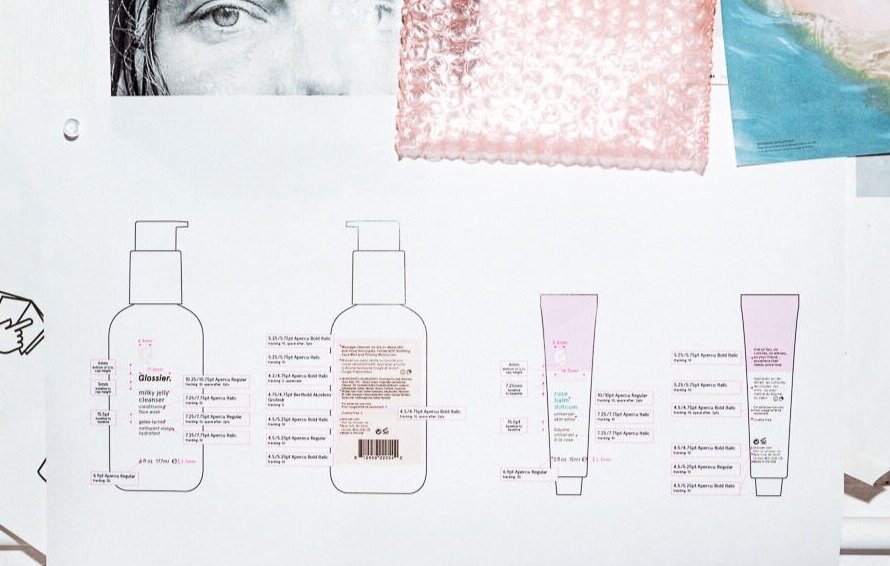
6. Glossier Now Has a Trademark Registration for its Millennial Pink-Lined Product Packaging.
The color pink applied to the inside of boxes that are not otherwise pink. That is what is at the center of the new trademark registration that the USPTO has issued to Glossier. A year and a half after it filed an application for registration for its millennial pink hued product packaging, the USPTO has handed the direct-to-consumer beauty brand a win and agreed to register “the color pink as applied to the inner surface of portions of boxes that contrast with the color of the rest of the boxes, which form packaging for the goods” as a trademark for use in connection with an array of cosmetics products.
The registration – which was issued on December 15 (the same day that USPTO doled out three registrations for Valentino’s Rockstud footwear) – comes up a bit short of what Glossier initially set out in its application, with the burgeoning New York-based brand originally seeking protection for “the color pink … as a feature of the mark which is displayed on boxes” in its May 2019 application.
It is worth looking beyond Glossier’s individual applications to the larger evolution in branding that they represent, particularly when it comes to direct to consumer (“DTC”) brands, i.e., ones that sell products directly to consumers without the help of third-party retailers. With the rise of the DTC model – which has seen the rapid rise of billion dollar-plus brands, such as Glossier, Warby Parker, Casper, and Harry’s, just to name a few – has come a push by those brands (and others) to “invest more time, money and effort” in the visual elements of their products compared to what has generally proven to be the status quo for many of the companies that came before them.
7. What a Decision Over Ferrari’s “Testarossa” Trademarks Means for Luxury Brands in the Resale Economy.
A recent decision from the Court of Justice of the European Union provided a win for Ferrari that could have significant implications for other luxury brands, including those in the fashion space. On the heels of a loss before the Düsseldorf Regional Court after German toy manufacturer Autec successfully challenged the validity of Ferrari’s Testarossa trademark on the basis of non-use, the CJEU determined that Ferrari has not manufactured new models of its famed Testarossa since the 1990s, but it may still maintain trademark rights in the name.
One of the most interesting questions the CJEU was tasked with determining after Ferrari appealed the regional’s decision to the Düsseldorf Higher Regional Court, which then sought guidance from the CJEU, was whether the sale of trademark-bearing goods by a brand that it had previously released into the relevant market (i.e., pre-owned products) constitutes “genuine use” of the trademark. On this point, the CJEU’s panel of judges said yes, holding that the resale of goods by a trademark owner can constitute “genuine use,” even if those rights would have otherwise been exhausted as a result of the initial sale.
Not exactly a household name, Marine Serre – who showed her first full collection in Paris in February 2018 (after winning the LVMH Prize for Young Fashion Designers the year prior) – has, nonetheless, found a following within the high fashion sphere. “From New York to Paris, the brand’s instantly identifiable moon print leggings and tops have appeared across all four fashion week cities, solidifying the designer’s status as one to watch,” according to fashion site WhoWhatWear. In the process, the brand has also found fans in an array of big-name celebrities, from nearly all of the Kardashian/Jenner women and the likes of Beyoncé to K-pop stars Sandara Park and Jennie Kim, and singers Ariana Grande and Dua Lipa, who have all worn crescent moon-adorned wares from Serre’s collections.
Garnering famous fans, and also big-name collaborations, such as one with sportswear behemoth Nike, Marine Serre has managed to steadily expand the footprint of her brand beyond purely fashion industry circles, and a big part of the mounting appeal and growing level of consumer recognition can be tied to the brand’s logo, the crescent moon that consistently appears on its garments and accessories, which is coming to serve as a visual indicator of the burgeoning young brand.
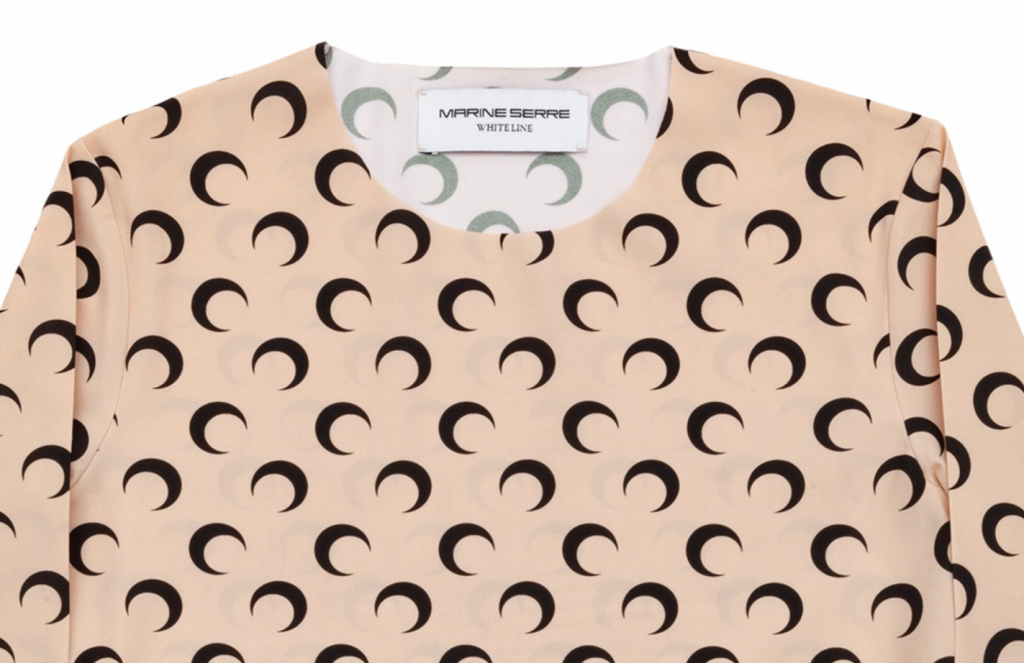
9. From Louboutin to Hermès, Brands Face a “Significant” Bar When it Comes to Color Trademarks in Japan.
All of the color marks that have been registered by the Japan Patent Officeto date consist of more than two colors, with the national trademark body refusing to register a single color as a trademark as of now. A an indication of the difficulty with which brands have had in amassing color-specific registrations in Japan? The strikingly slim success rate for color applications. Osaka-based trademark attorney Masaki Mikami notes that as of November 15, 2020, 543 applications for color marks were filed with the JPO. As for the number of those applications that have resulted in registrations: a mere eight, which makes for a 1.5 percent “success rate.”
Ultimately, Mikami tells TFL that this trend, which has seen the eight existing color registrations issued exclusively to large companies, may “imply that the JPO considers color marks to be unavailable for registration without enormous investment” by the filing party, which means that “smaller companies and startups cannot take advantage of color marks as a branding tool at all, contrary to other traditional and non-traditional trademarks, e.g. name, shape, logo (design), position, motion.”
10. Off-White is Clashing With S.C. Johnson Over Their Respective “OFF” Branding.
In a currently-pending opposition that it initiated with the U.S. Patent and Trademark Office’s Trademark Trial and Appeal Board (“TTAB”) in October 2019, consumer cleaning supply and chemical behemoth S. C. Johnson called foul on Off-White’s application for the word “OFF” written both horizontally and vertically inside of a circle, for which Off-White is claiming rights in connection with its intent to use on various types of bags, including “all-purpose carry bags,” and jewelry. According to its notice of opposition, counsel for S. C. Johnson argued that Off-White should be blocked from registering the “OFF Cross Design mark” because it is a bit too similar to the marks it already uses in connection with its 63-year old Off! insect repellant brand.
Meanwhile, on December 15, the buzzy streetwear brand received a notice of allowance for its “Product Bag” trademark – quotation marks included – for use on “tops as clothing; bottoms as clothing.”
A federal court of appeals handed down the wrong decision in a case centering on trademark infringement damages, the Supreme Court held in late April. In issuing its decision in the closely watched Romag Fasteners Inc. v. Fossil Inc. case, the nation’s highest court sided with Romag, holding that the manufacturer of magnetic snaps, clasps, fasteners, and other closures does not need to show that Fossil willfully infringed its trademark in order to recover the brand’s profits as part of a damages award.
“A plaintiff in a trademark infringement suit is not required to show that a defendant willfully infringed the plaintiff’s trademark as a precondition to a profits award,” Justice Neil Gorsuch wrote, on behalf of the unanimous panel of nine justices, in his decision in the case, which has been slated as standing to resolve a multi-circuit split among federal appeals courts across the U.S. when it comes to whether a showing of willful infringement is required for a plaintiff to make a play for an infringer’s profits.
12. TTOOHHHJDD, Amazon, and a Look Inside the World of Trademark Specimen Fraud.
A since-approved application for registration for “TTOOHHHJDD” for use on apparel is part of a large and ever-growing scheme, one that has caught the attention of the academics, practitioners, the Senate, and the USPTO, alike. In December 2019, New York University Law School professor Barton Beebe testified before a Senate subcommittee about “the harm to American consumers and businesses” that is being created as a result of a very specific type of intellectual property fraud.
The increasingly pervasive scheme – which largely comes out of China but which finds Amazon firmly situated at its center – sees third-party Amazon sellers duping the USPTO into issuing them registrations that they then use to increase “brand presence” – and thus, revenue – on the e-commerce titan’s marketplace.
The USPTO has been working to crack down on the rise in fraudulent applications, launching a pilot program in November 2018 to enable third parties to report altered or fabricated specimens that are submitted with use-based trademark applications. More recently, the USPTO has instituted changes to its trademark application, maintenance, and enforcement procedures, including requiring applicants to provide more information, such as their email addresses, and mandating that foreign applicants be represented by a U.S.-licensed attorney.
13. As for some of the trademark filings and proceedings that we are watching, there is Marc Jacob’s quest to claim rights in “THE,” and the potential for pushback from Ohio State, Dior’s Saddle bag application, adidas’ opposition against Thom Browne’s multi-stripe marks, and Off-White pending fight for the red zip tie (the scope of which it has since narrowed to include the specific placement of the zip tie on sneakers) just to name a few.







